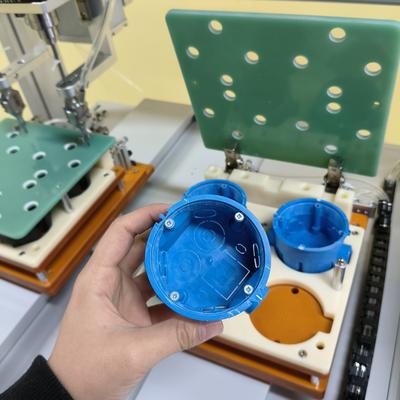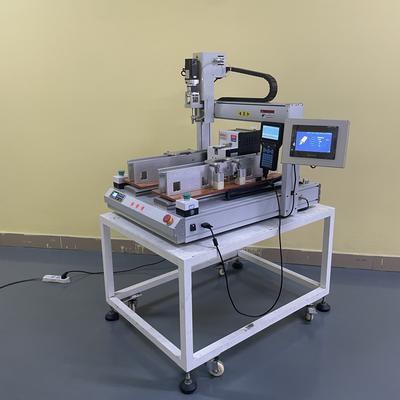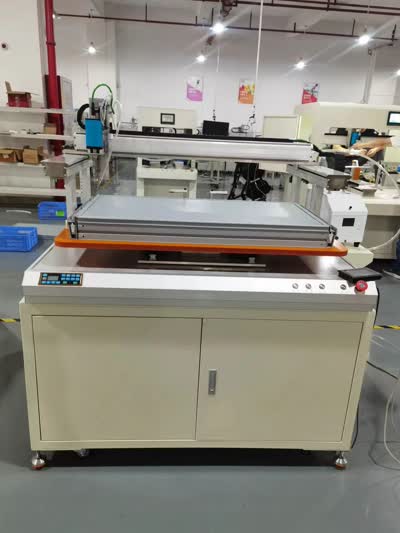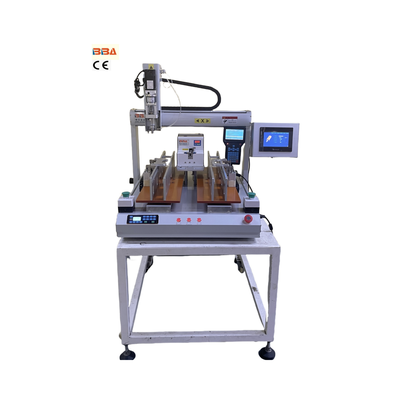Real-Time Monitoring in Industrial Automation | Benefits & Applications
Real-time monitoring has become a cornerstone of modern industrial automation, enabling businesses to optimize operations, reduce downtime, and enhance productivity. Advanced systems equipped with real-time monitoring features provide unparalleled visibility into equipment performance, process efficiency, and overall system health. Let’s explore the transformative impact of these capabilities in industrial automation.
The Power of Real-Time Data
Real-time monitoring allows industrial facilities to collect and analyze data as it is generated, ensuring immediate insights into operational parameters. This capability is critical for identifying anomalies, predicting potential failures, and making data-driven decisions. With sensors and IoT-enabled devices, advanced systems can track variables such as temperature, pressure, vibration, and energy consumption in real time, providing a comprehensive view of equipment conditions.
Preventive and Predictive Maintenance
One of the most significant advantages of real-time monitoring is its role in preventive and predictive maintenance. By continuously analyzing equipment performance, these systems can detect early signs of wear and tear or deviations from normal operating conditions. This proactive approach minimizes unplanned downtime, extends machinery lifespan, and reduces maintenance costs. Predictive algorithms can even forecast potential failures before they occur, allowing for timely interventions.
Enhanced Operational Efficiency
Real-time monitoring enhances operational efficiency by providing actionable insights that streamline workflows. For instance, operators can adjust production parameters on the fly to optimize output quality or energy usage. Advanced analytics tools process large volumes of data rapidly, enabling quick responses to changing conditions. This agility is particularly valuable in industries where precision and speed are critical, such as manufacturing, pharmaceuticals, and energy production.
Improved Safety and Compliance
Safety is a top priority in industrial environments, and real-time monitoring plays a vital role in ensuring safe operations. By tracking hazardous conditions—such as gas leaks, overheating, or excessive vibrations—systems can trigger automatic shutdowns or alerts to prevent accidents. Additionally, compliance with industry regulations is simplified through continuous data logging and reporting, ensuring adherence to safety and environmental standards.
Integration with Automation Systems
Modern real-time monitoring solutions seamlessly integrate with broader automation systems, enabling centralized control and coordination. Through interfaces like SCADA or cloud-based platforms, users can monitor multiple processes from a single dashboard. This integration fosters better communication between departments, improves decision-making, and enhances overall system responsiveness. As industries move toward smart factories and Industry 4.0, the synergy between real-time monitoring and automation will become even more pronounced.
In conclusion, real-time monitoring features in advanced industrial automation systems are revolutionizing how businesses operate. By leveraging instantaneous data analysis, predictive capabilities, and seamless integration, companies can achieve higher efficiency, safety, and competitiveness in an increasingly automated world.
| Product Name | Applicable industries |
| Auto Screwdriver Machine | LED Lighting Industry |



